SAARC realities
Modi rightly said that nowhere in the world are collective efforts more urgently needed than in South Asia
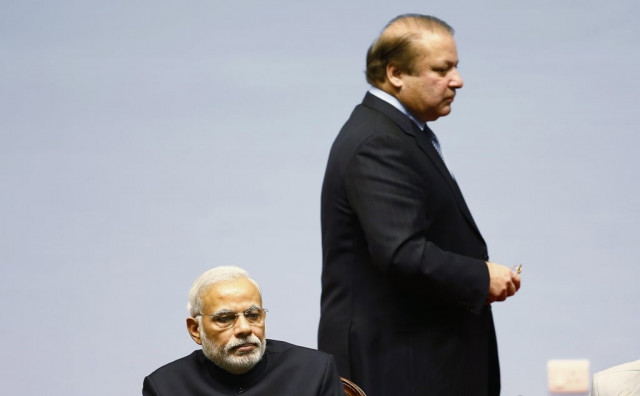

On a similar note, the commitment by the Indian prime minister to give business visas for three to five years for residents of Saarc countries on the face of it looks to be welcome — but will this apply across the board? If business visas are to be granted to all Saarc countries by India, is that going to mean there is a reciprocal commitment to grant visas to Indian residents by all other Saarc countries, including Pakistan? These are questions as yet unanswered but if the collective Saarc visa regime were to be freed up, the unlocking of potential across the region would be considerable, as would the potential for lowering tensions. This could be nothing more than Prime Minister Modi dreaming out loud, and clarity would be much desired. Where the Indian prime minister was indisputably correct was in his saying that nowhere in the world are collective efforts more urgently needed than in South Asia, and nowhere else are they so modest. A wakeful Saarc would indeed be welcome.
Published in The Express Tribune, November 27th, 2014.
Like Opinion & Editorial on Facebook, follow @ETOpEd on Twitter to receive all updates on all our daily pieces.

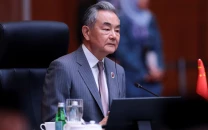


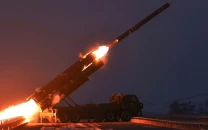
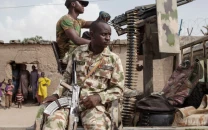
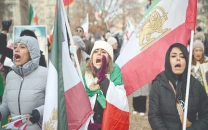












COMMENTS
Comments are moderated and generally will be posted if they are on-topic and not abusive.
For more information, please see our Comments FAQ